Scientists at Caltech detected a colossal black hole 10 billion light-years away devouring one of the universe's biggest stars, unleashing a flare 30 times brighter than any seen before. The flare, detected by Caltech's Zwicky Transient Facility (ZTF), likely marks a tidal disruption event when a star is shredded by a black hole's gravity. This event, which occurred around the distant black hole referred to as J22453743, is likely the most massive star-shredding event ever observed and one of only a few to have occurred in an active galactic nucleus (AGN).
According to Dr. S. R. Kulkarni, a professor of astronomy at Caltech and the principal investigator of the ZTF, "This event is a cosmic record-breaker, outshining 10 trillion suns. It's a testament to the incredible power of these supermassive black holes and the awe-inspiring scale of the universe." The event was first detected in 2018, but further analysis has revealed its true magnitude.
The black hole in question is a supermassive black hole, with a mass of approximately 10 billion times that of our sun. It is located in a distant galaxy, which is part of the Sloan Great Wall, a vast network of galaxies that stretches across billions of light-years. The star that was shredded by the black hole's gravity is estimated to be at least 30 times more massive than our sun.
Tidal disruption events, such as this one, are rare and provide scientists with a unique opportunity to study the behavior of supermassive black holes and their effects on the surrounding environment. According to Dr. Kulkarni, "These events are like cosmic laboratories, allowing us to study the physics of black holes in ways that would be impossible in other contexts." The ZTF has been monitoring the event since its detection, providing valuable data that will help scientists better understand the properties of supermassive black holes and their role in shaping the universe.
The detection of this event has significant implications for our understanding of the universe and its evolution. Supermassive black holes are thought to play a crucial role in the formation and growth of galaxies, and events like this one provide valuable insights into their behavior. According to Dr. Kulkarni, "This event is a reminder of the incredible complexity and beauty of the universe, and the importance of continued scientific inquiry into its mysteries."
The ZTF continues to monitor the event, providing scientists with valuable data that will help them better understand the properties of supermassive black holes and their role in shaping the universe. As research continues, scientists will be able to refine their understanding of these cosmic phenomena and their implications for our understanding of the universe.
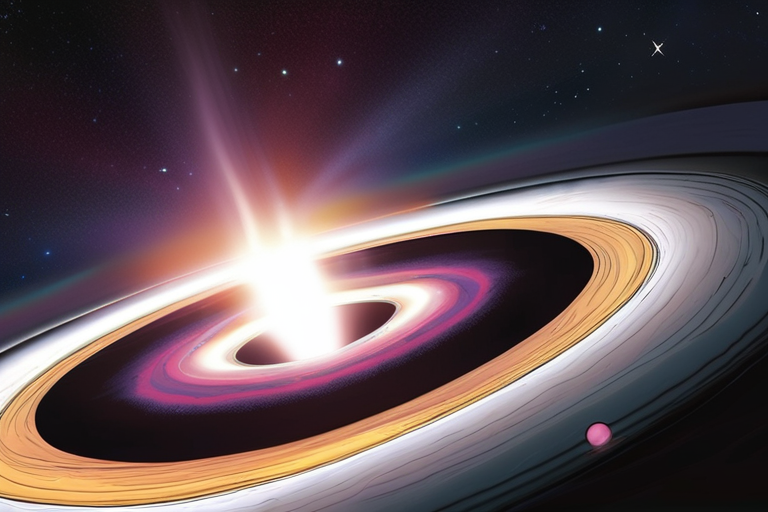



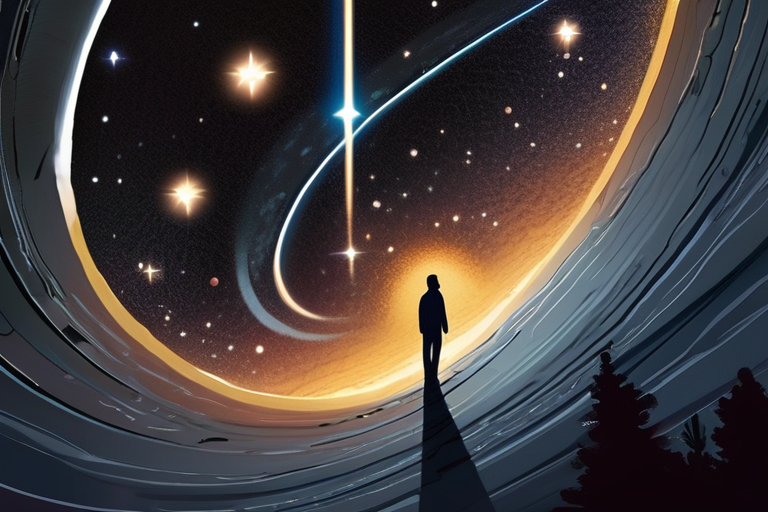



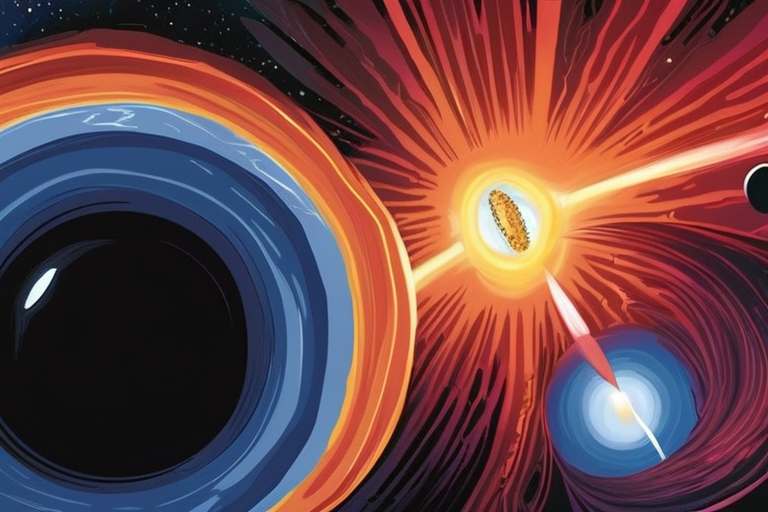
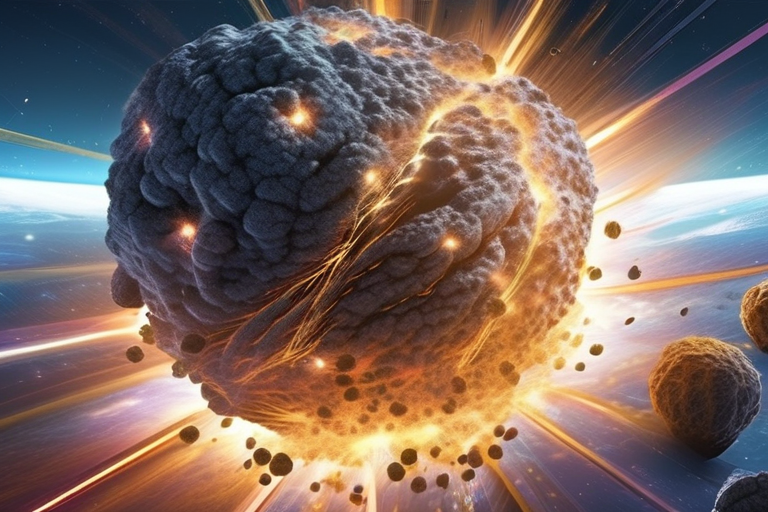


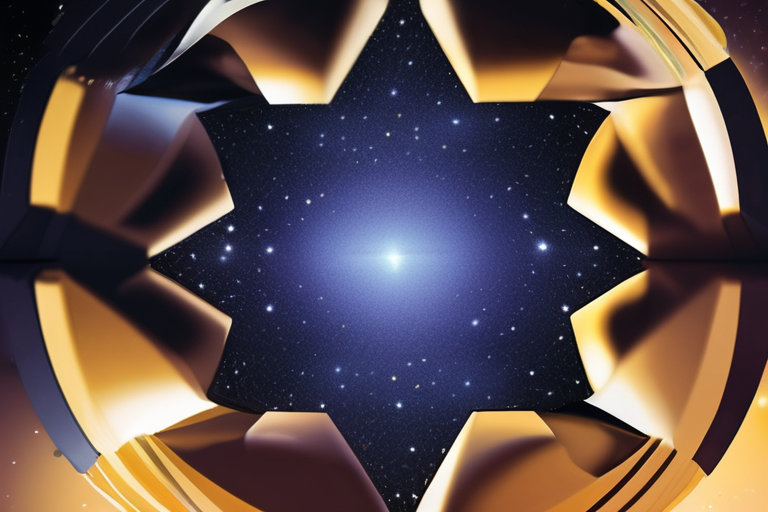
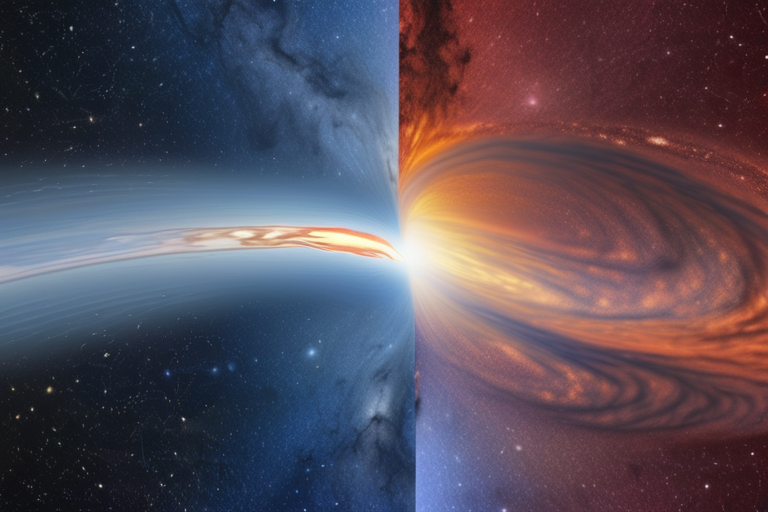
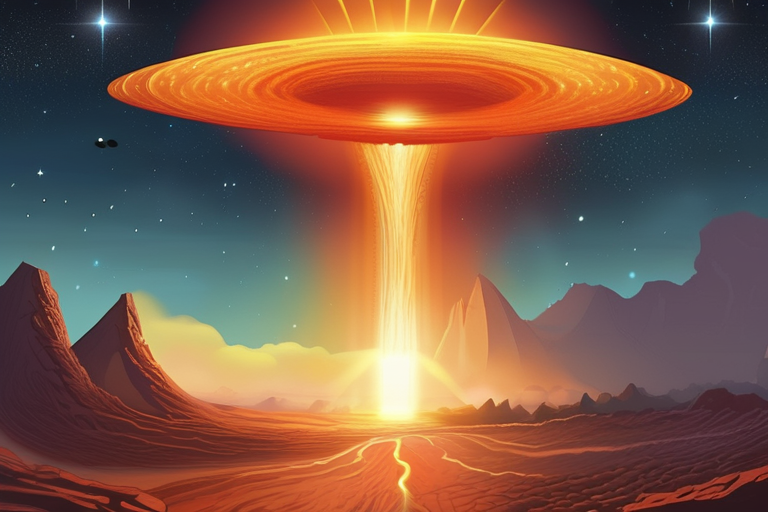
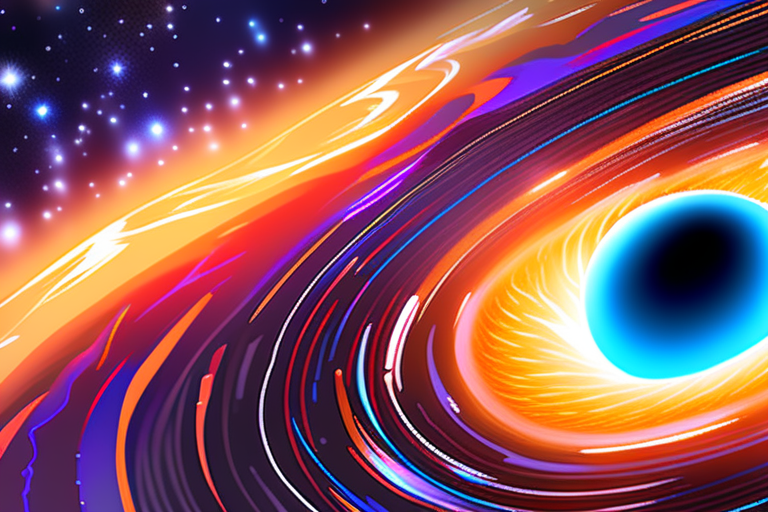

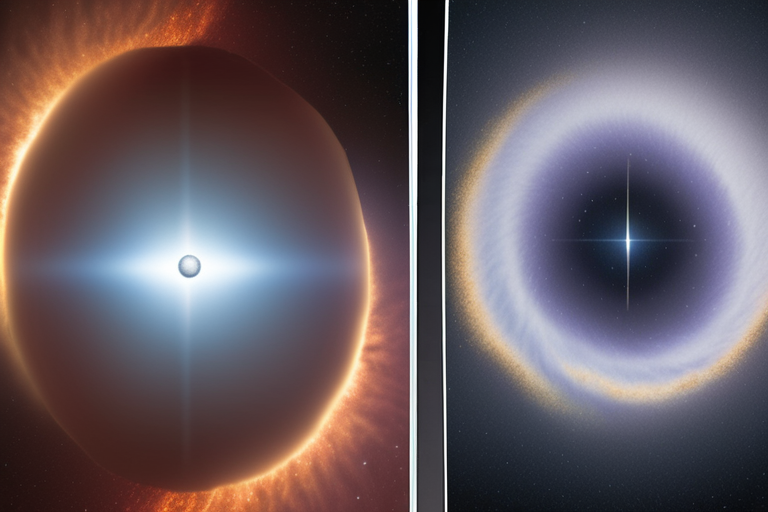
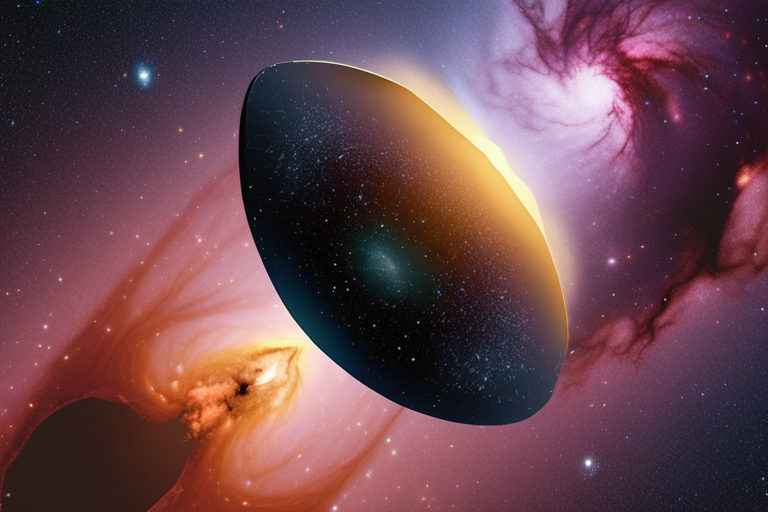
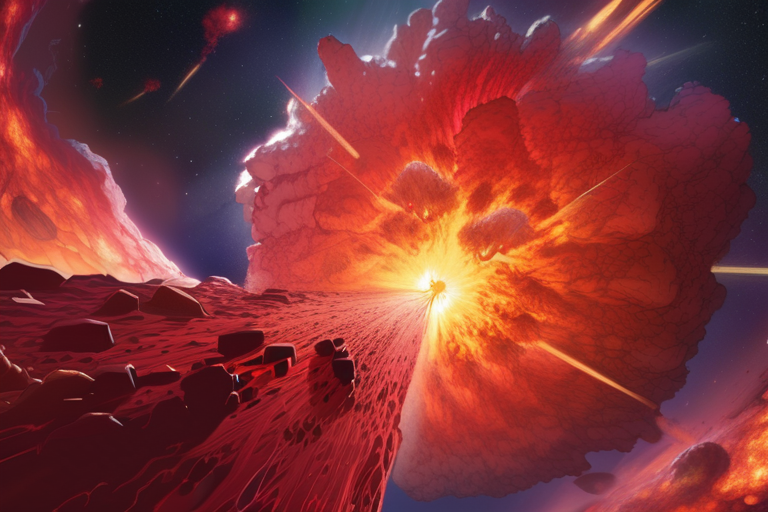
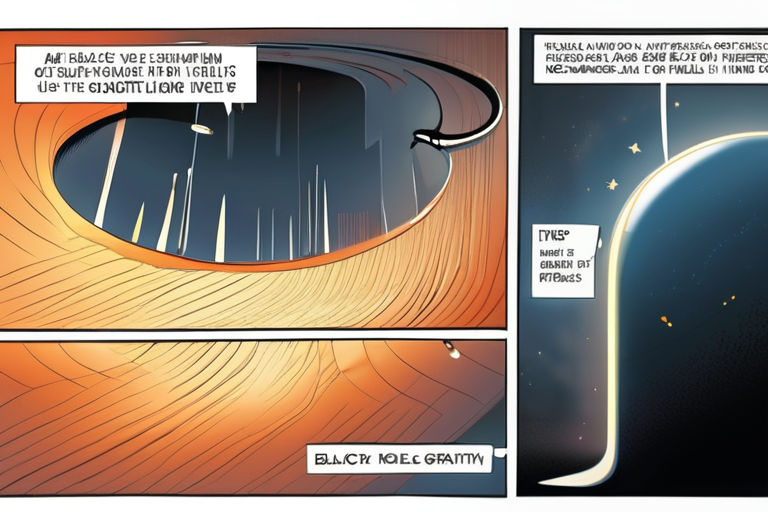
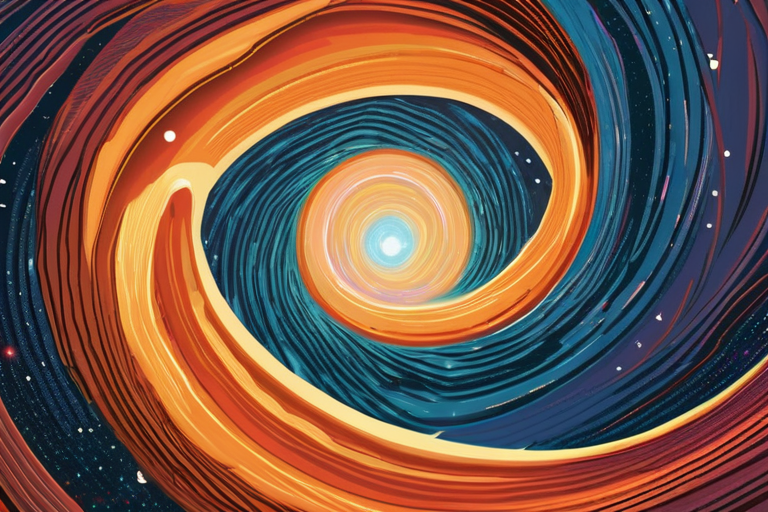
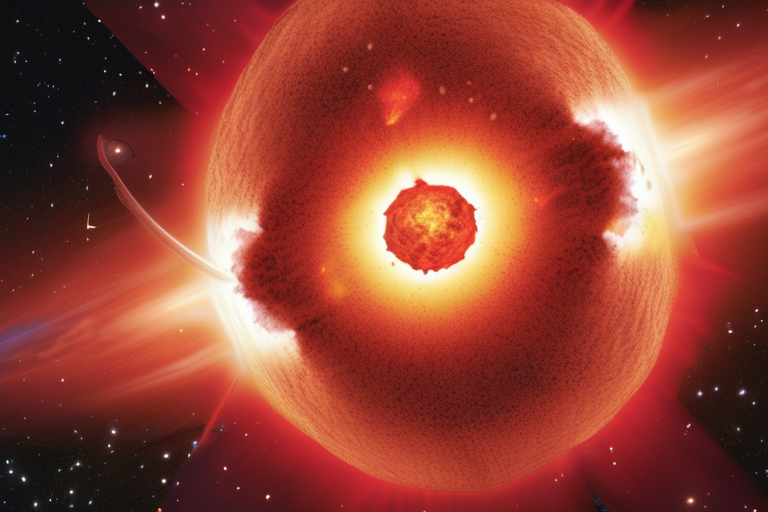
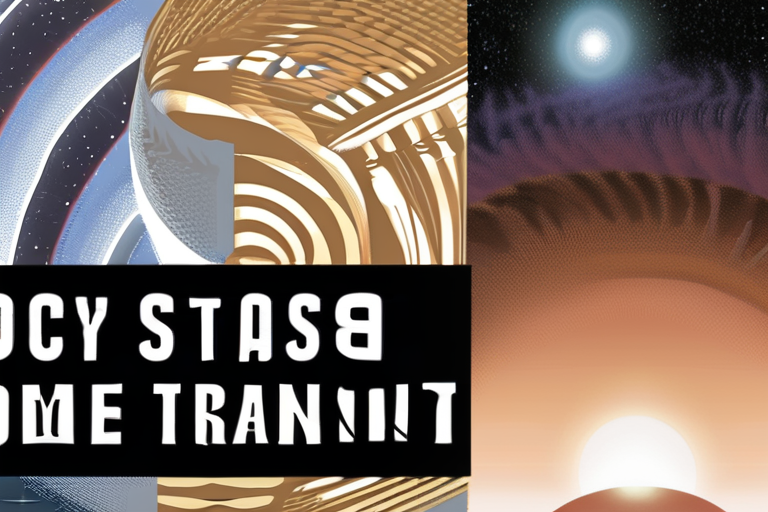
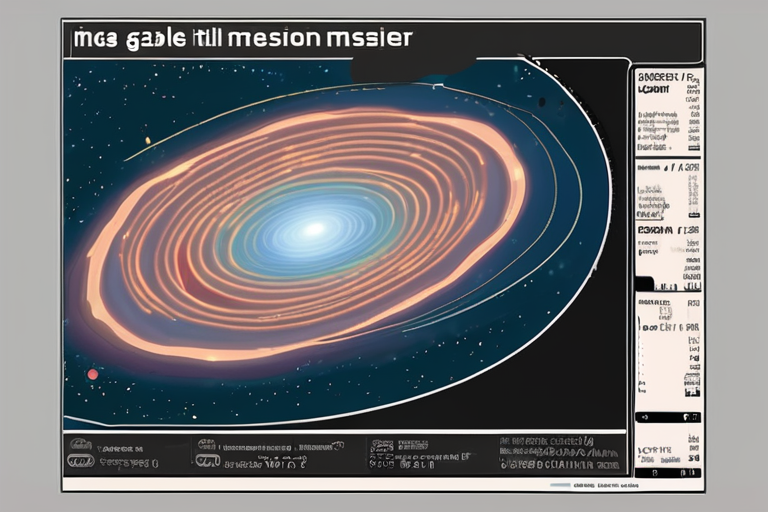


Share & Engage Share
Share this article